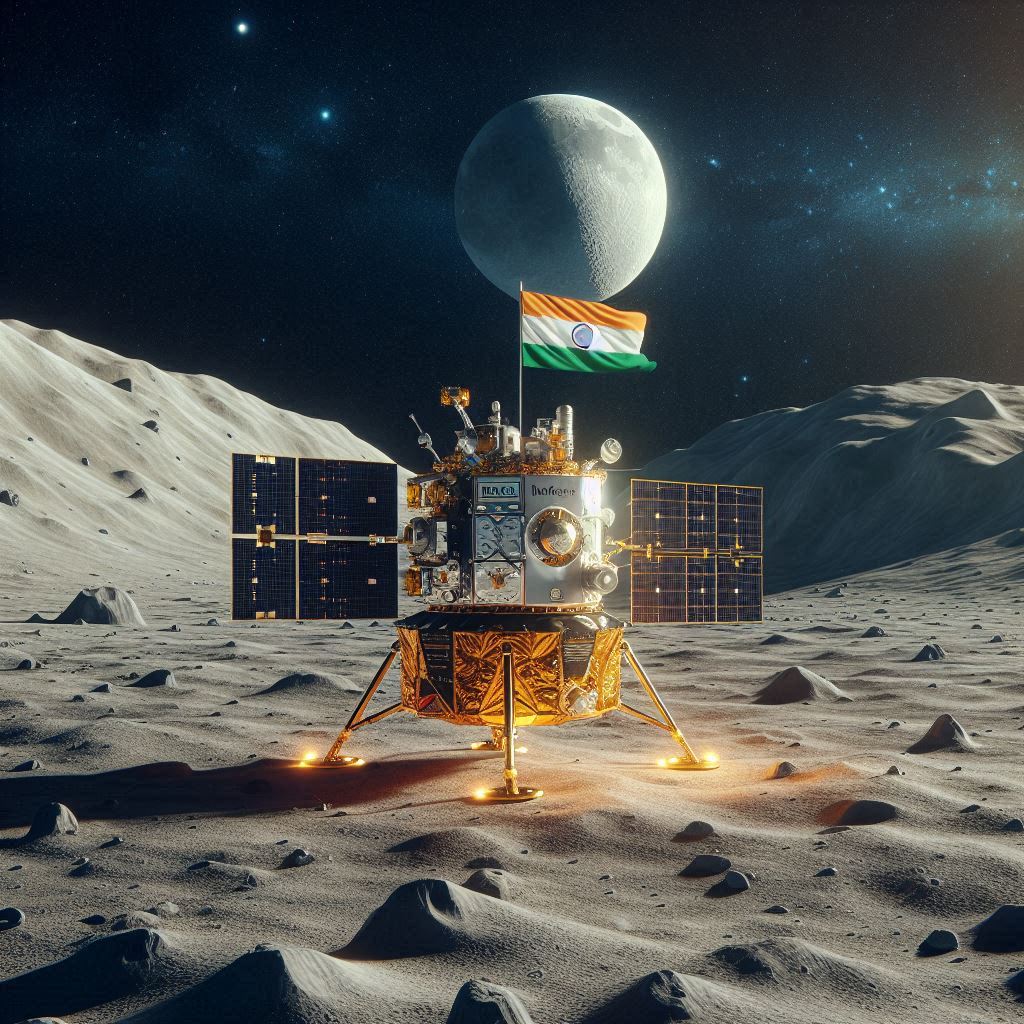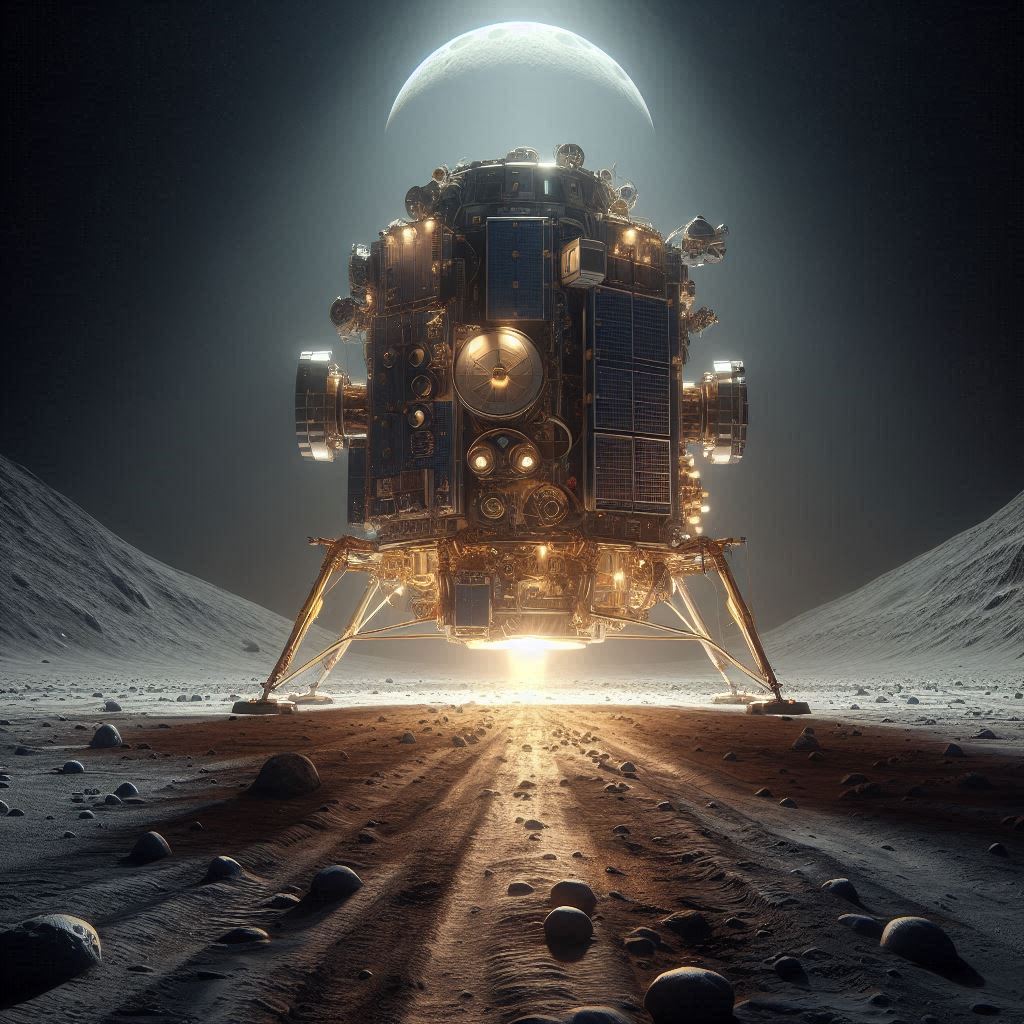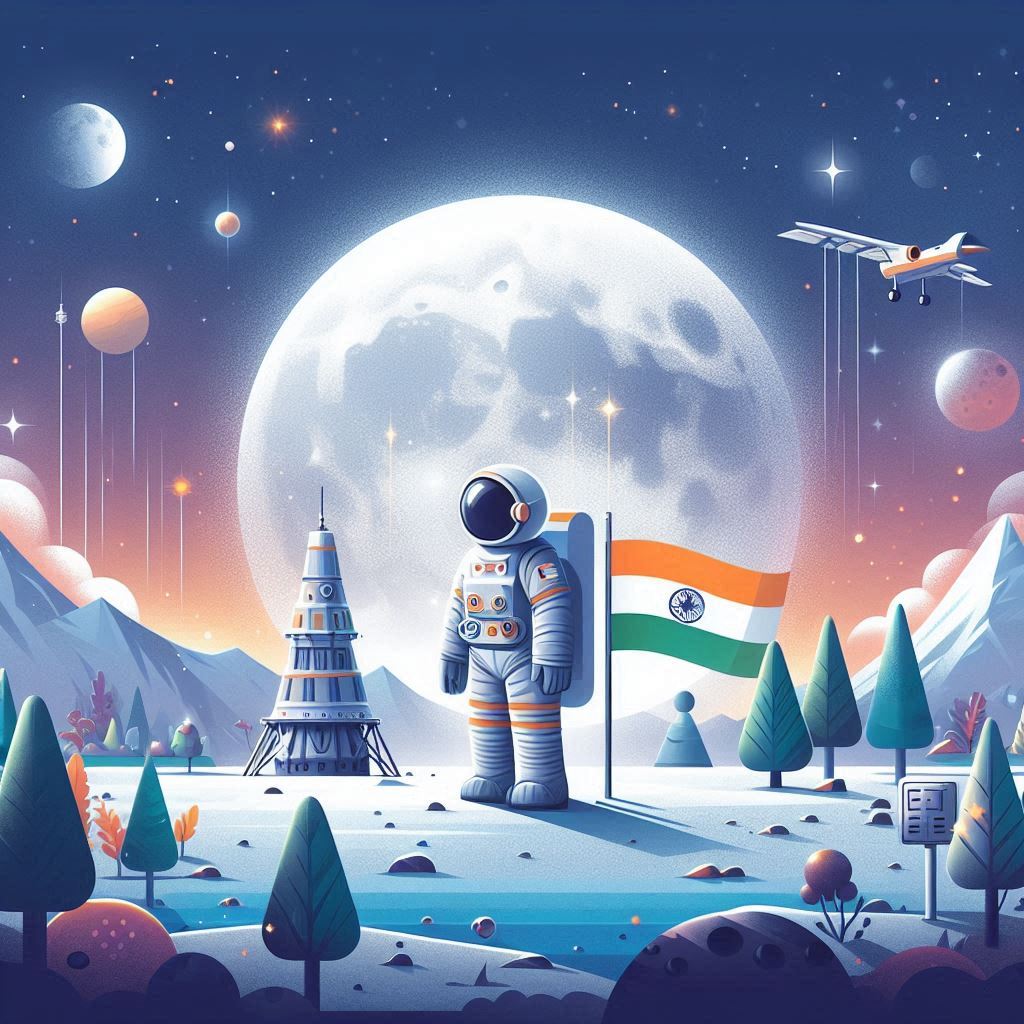Chandrayaan 3 India’s Moon Mission was specifically designed to survive one lunar day, equivalent to 14 Earth days. On August 23, Chandrayaan-3 successfully landed near the Moon’s South Pole, marking a significant achievement for the Indian Space Research Organisation (ISRO).
What Happened to Chandrayaan-3 on the Moon?


On September 30, sunlight began to recede from the lunar surface. ISRO scientists had hoped to revive both the Chandrayaan-3 lander and Pragyan rover during the new dawn. The Pragyan rover was put to sleep on September 2, followed by the lander on September 4. ISRO announced, “The rover completed its assignments and is now safely parked in sleep mode. The APXS and LIBS payloads are turned off. Currently, the battery is fully charged, and the solar panel is oriented to receive sunlight at the next sunrise, expected on September 22, 2023. The receiver is kept on…”
Reports indicated that Pragyan’s batteries were fully charged, and its receiver remained operational. The solar panels were strategically oriented to capture sunlight at dawn. However, despite several attempts to wake the rover and the lander, there was no signal from Chandrayaan-3. The sun rose again on the Moon on September 20, and the first three days until September 22 provided the best window for the Vikram lander and Pragyan rover to revive.
ISRO chairman S. Somnath informed The Times of India that the space agency would wait until the last Earth day for the lander and rover to potentially wake up, providing an opportunity to repeat some lunar surface experiments. Unfortunately, both Vikram and Pragyan failed to respond.
The rover entered sleep mode on September 2, and the lander followed on September 4. Although Pragyan’s batteries were fully charged, and the receiver remained on, the solar panels were oriented for sunlight when the Moon’s dawn broke.
The Challenges of Lunar Survival: Chandrayaan 3: India’s Moon Mission


Recent assessments indicate that the extreme temperatures on the Moon have affected the batteries of the Pragyan rover. Data shows that temperatures at the Moon’s poles can drop between -180°C and -253°C. Additionally, the prolonged darkness on the Moon rendered the solar panels of Chandrayaan-3 ineffective. Unlike many lunar missions, the rover and lander are not equipped with heaters, as noted in a report by Space.com.
Can the Lander and Rover Be Revived?
While ISRO has not completely lost hope, statistical data suggests that the chances of reviving Chandrayaan-3 are slim.
Will Chandrayaan-3 Forever Stay on the Moon?
ISRO previously stated that if the Pragyan rover and Vikram lander do not wake up, they will “forever stay there as India’s lunar ambassador.” It’s important to note that Vikram and Pragyan were not designed for a return trip to Earth.
Explore Chandrayaan 3 Mission’s Key Benefits: India’s Moon Mission


Economic Growth and Technology Boost: Chandrayaan 3: India’s Moon Mission Key Benefits
India’s space mission can drive economic growth by expanding the space sector, creating jobs, and attracting private investment. It also advances technology development.
International Recognition and Soft Power:
The mission enhances India’s global standing in space exploration, boosting international recognition and strengthening its soft power.
Inspiring Space Education:
This mission inspires future scientists and advances space education, encouraging the next generation to explore space sciences.
International Collaborations:
Successful space missions can lead to more international partnerships and collaborations with global space organizations.
Commercial Contracts:
India’s technical prowess can attract more commercial contracts for launch systems and space services.
Space Race Participation:
By demonstrating safe landing technology, India enters the new global space race and strengthens its position in lunar exploration.
